Park of the Five Civilized Tribes
category : Ethnic Heritage
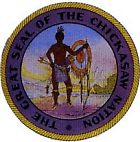 Sequoyah Bay State Park is located within an oak-hickory woodland of eastern Oklahoma on the shores of Fort Gibson Reservoir.
Sequoyah Bay State Park is located within an oak-hickory woodland of eastern Oklahoma on the shores of Fort Gibson Reservoir.The Park strives to honor the cultures of the Five Civilized Tribes, as well as the memory of those who traveled the many "Trails of Tears." The Park offers a unique opportunity to learn about the long-past war chiefs and great speakers of the Five Civilized Tribes who led their people through many ordeals and hardships. Each of the five campgrounds are named for one of these chiefs or speakers and a monument is erected at the entrances with each name and a brief description.
Chief Payamataha (Pie-ya-ma-ta-ha) - "Leader of Those Assembled for War"
Payamataha was a king in the Chickasaw Nation during the mid to late 18th century. In his youth, he was known as Nouholubb, roughly translated to be "He Killed a White Man." Due to his war abilities, he ascended within the tribe's leadership and was named Payamataha. He was a champion of the Chickasaw ancestors, urging the preservation and protection of all things Chickasaw.
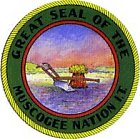 Speaker Opothle-Yahola ( O-bith-ly-Ya-ho-la)
Speaker Opothle-Yahola ( O-bith-ly-Ya-ho-la)
During 1824, the Creek Nation was almost helplessly divided over the question of Indain removal from Georgia. In 1825, Washington sent more commissioners to yet another treaty-council in Indian Springs. This time a new Creek leader, Opothle-Yahola, led the young warriors of the Upper Towns. In 1826, even though the treaty was signed. Opothle-Yahola led a large delegation of Creek chiefs and warriors to Washington to protest. The treaty was, therefore, declared null and void by President John Quincy Adams and a new treaty signed. Opothle-Yahola was described by Colonel McKenney as "cool, cautious and sagacious; and with a tact which would have done credit to a more refined diplomatist..."
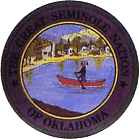 Chief Hulbutta Micco
Chief Hulbutta Micco
"Alligator King," a.k.a., Billy Bowlegs, was the last hereditary Seminole Chief to leave the native lands of Florida. He was also the leader of the last of the Seminole Wars against removal. Hulbutta Micco tried to remain in seclusion in the Florida Everglades, but the demand for Seminole land continued. Various parties were sent to negotiate with Hulbutta; the government even offered him a substantial amount of money for his land to immigrate west. Eventually believing the promises of the government, he left his homeland and went to Indian Territory, he was never compensated, and the money was never paid. Once in Indian Territory, Hulbutta Micco became a Captain during the Civil War with the Union Army. When he later died, he was buried in the National Cemetery in Fort Gibson and his portrait hangs in the Smithsonian Institute in Washington, D.C.
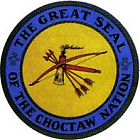 Pushmataha (Push-ma-ta-ha) - "Sprout Completed"
Pushmataha (Push-ma-ta-ha) - "Sprout Completed"
Born in 1764, Pushmataha was known in the Southwest as an outstanding individual and as a warrior. He knew very lettle of the parentage; tradition stating he was left an orphan at an early age. Pushmataha was said to be one of nature's nobility, a man who would have adorned any society, a warrior of great distinction, wise in council and eloquent in an extraordinary degree.
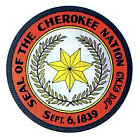 Attakullakulla (Ada-Galgala)
Attakullakulla (Ada-Galgala)
Thought to have been born sometime in 1700 at a place called Sevier's Island, Attakullakulla lived as a child along the banks of the Little Tennessee and Hiwassie Rivers. He was the first chief of the Cherokee people to be historically recorded and was the most celebrated and influential person among the tribes then known. Said the South Carolina Gazette on July 31, 1775, " He was the most fluent, most graceful and eloquent orator ever heard." Attakullakulla once said, "Some of the warriors of my nation, upon hearing stories true or false are immediately in a flame, but that is not my way - I love calmness and moderation."
Come visit us in Wagoner, Oklahoma
